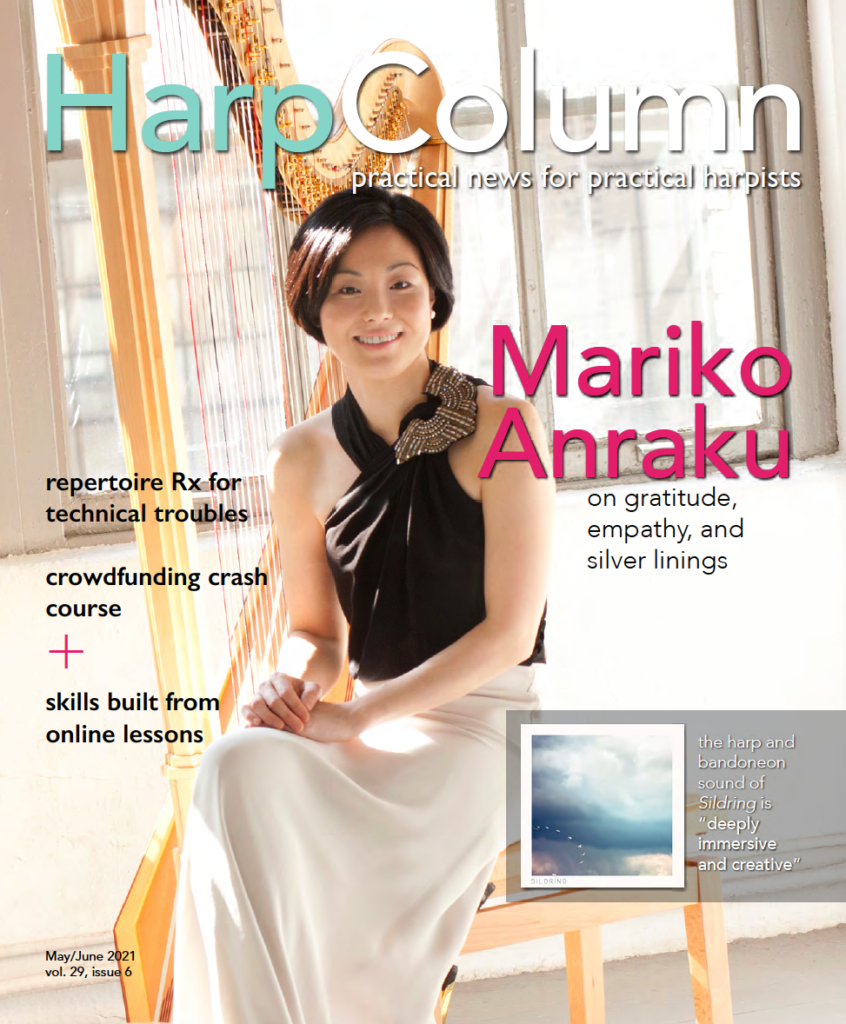Recently, my 12-year-old daughter came home from school and told me, with wide-eyed wonder, how her social studies teacher played some songs from “the late 1900s” during class.
“You mean music from the ’80s and ’90s?” I asked.
Yes—Prince, Michael Jackson, Pearl Jam, even the Backstreet Boys—she talked about these pop acts as if they were sounds from a time and place completely foreign to her 21st century sensibilities.
I rolled my eyes.
But I suppose when you stop and think about it, the landscape of the pre-internet music industry looks nothing like it does today. Think about what it took to make an album in 1985. Either you were lucky enough to be the one percent that landed a record deal with a major label or you had to pony up the equivalent of a house down payment to afford the astronomical cost of the studio, engineers, materials, and promotion.
Technology has revolutionized and even democratized the recording process—lowering costs and increasing accessibility for the average person. With some reasonably priced equipment or studio time, a social media account, and some hustle, any musician can make their music available to millions of people for a fraction of the “late 1900s” cost.
Advances in technology have not just removed the gatekeepers and reduced the costs, though. Now, technology can actually help you pay for your recording project—or really any creative project you’ve got a hankering to do. It’s called crowdfunding. While it’s not exactly a new concept in 2021, the crowdfunding field has matured and grown more complex since its inception.
The first modern-day crowdfunding campaign actually dates back to 1997. A British band called Marillion (Have you heard of them? Neither have I.) found themselves without a recording contract, not even with an indie label. They made a pitch to their fan mailing list, about a thousand strong, explaining that without a record contract, they couldn’t afford to tour. Their fans raised the funds for the group to tour the U.S., and the crowdfunding model was born.
ArtistShare was the genre’s pioneer, launching in 2003 to “fan fund” creative projects. Indiegogo—one of the most successful platforms to date—started in 2007. Following the Great Recession in 2008, crowdfunding sites boomed, growing to more than 400 by 2012. Crowdfunding options are plentiful today, but also more refined—different platforms cater to specific needs. Thankfully, author Lishan Tan explains the finer points of the different funding models out there in “Crowdfund Your Passions” on page 26. From traditional crowdfunding (I guess it doesn’t take long to establish a tradition) to membership models to tip jar crowdfunding, Tan breaks down the popular models and the major sites to help you find the right one for your next project.
While these and other technological innovations aren’t without their pitfalls (raise your hand if you’ve experienced “crowdfunding fatigue”…see page 30 if you’re not sure), they have been a lifeline for many freelance musicians, especially during the pandemic. Think about where teachers would be without Zoom and Skype to keep their studios going during COVID restrictions the past year. In her Sounding Board article “Life Lessons Learned” on page 12, Melissa Tardiff Dvorak recounts five valuable skills her students have learned through the last 14 months that were only possible through online lessons.
Technology has undoubtedly transformed the music world from what it was in the days before dial-up. While I’d say it’s mostly been a win for musicians, I’m not giving up my U2 cassette tapes any time soon. •






